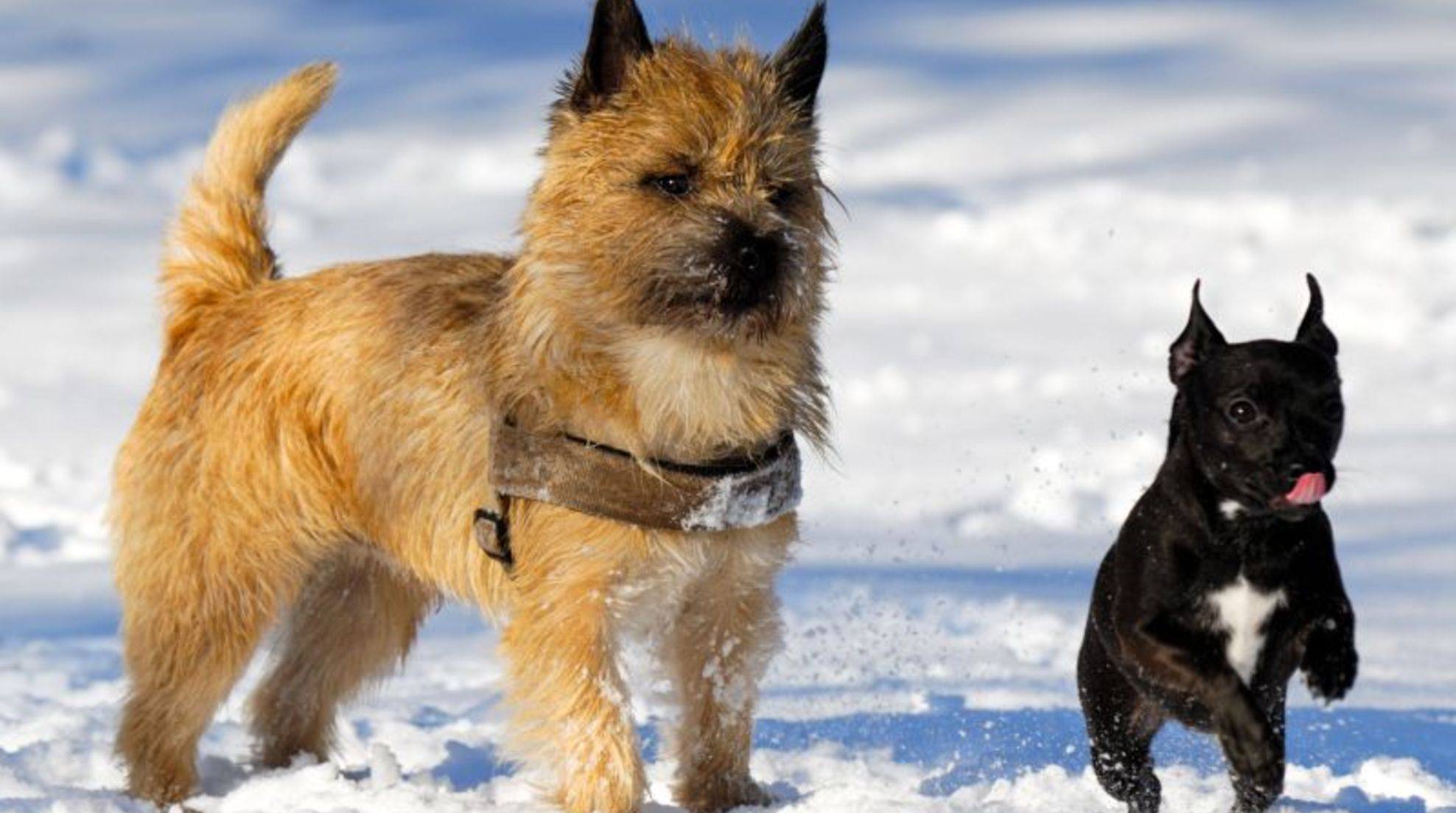
Winter Dog Walking: Strategies to Beat the Freeze
It can be extremely unpleasant for pelt noses when four-legged companions freeze while on a winter dog walk. With a little preparation, it is possible to make a dog walk even in temperatures below zero pleasant for your sensitive pets.
In the winter, a standard dog walk is usually more for the owner than the dog. Our four-legged companions have thicker dog fur, and they move faster and more efficiently than us. It is possible that dogs can freeze.
It’s too cold to take your dog for a walk in the winter
You will know if your pet is cold very quickly. You will know he is cold if he starts to shiver, adopts an erect posture and presses against you or any other source of warmth. It’s best to go back home and find a warm place. Greyhounds, for example, are small dogs or breeds with very thin coats. Dogs that are very young or old, animals with thin coats, or those who have been shorn, or dogs of southern origin, can also be sensitive to the cold.
Winter dog clothing to protect your dogs from freezing
You should consider winter clothing for your dog, and perhaps treat him to an expensive dog coat. For more information, you can read the guide “For cold weather: Winter coat for dogs”. A dog sweater will protect sensitive areas of the dog’s body such as its belly. Remember that not all dogs will benefit from wearing dog clothing. If you are unsure, consult your veterinarian. Consult the guide “Dog Clothing in Winter: Sensible Or Not?”
Winter dog walks: Before and after
Most dogs love to run in the winter as much as they do at any other time. If your dog isn’t in the mood to go on long walks, or if it is very uncomfortable outside, then you can keep the tour shorter. If your dog is healthy and robust, he will be pleased if you do not turn the heat up too high on his basket because it would be too hot for him in his winter coat.
Another thing that is important to keep your dog warm during the winter months: regular brushing will remove dead and loose undercoats. This undercoat, among other things, prevents the growth of a new coat that is practical. Don’t wash your dog often during winter as it will reduce the natural greasy layer of the skin, denying the furry nose additional protection from the cold. If your dog has been outside and gotten wet, you should dry him with a towel. Also, be sure to clean any snow dirt or ice clumps that have become stuck between the pads.

